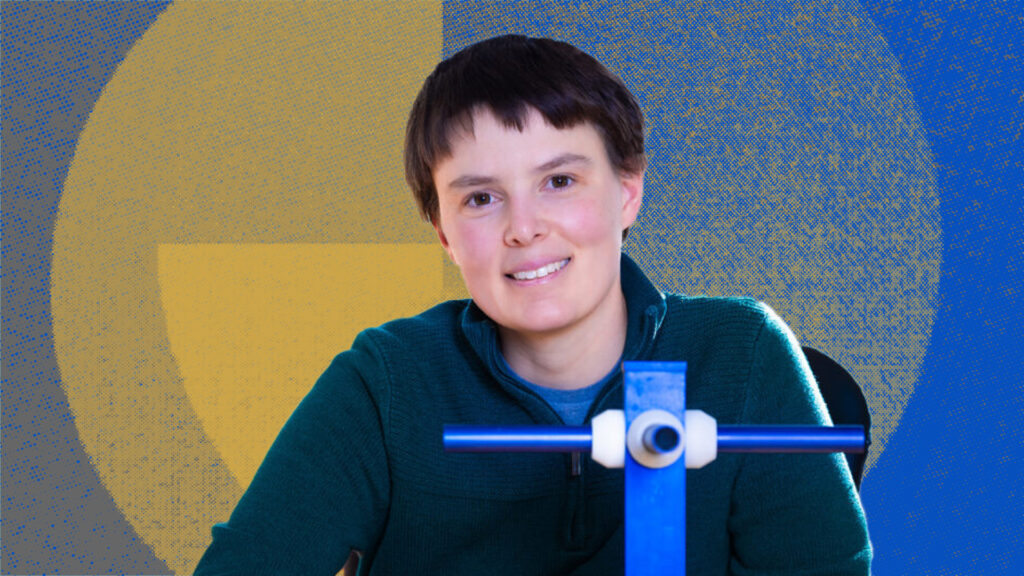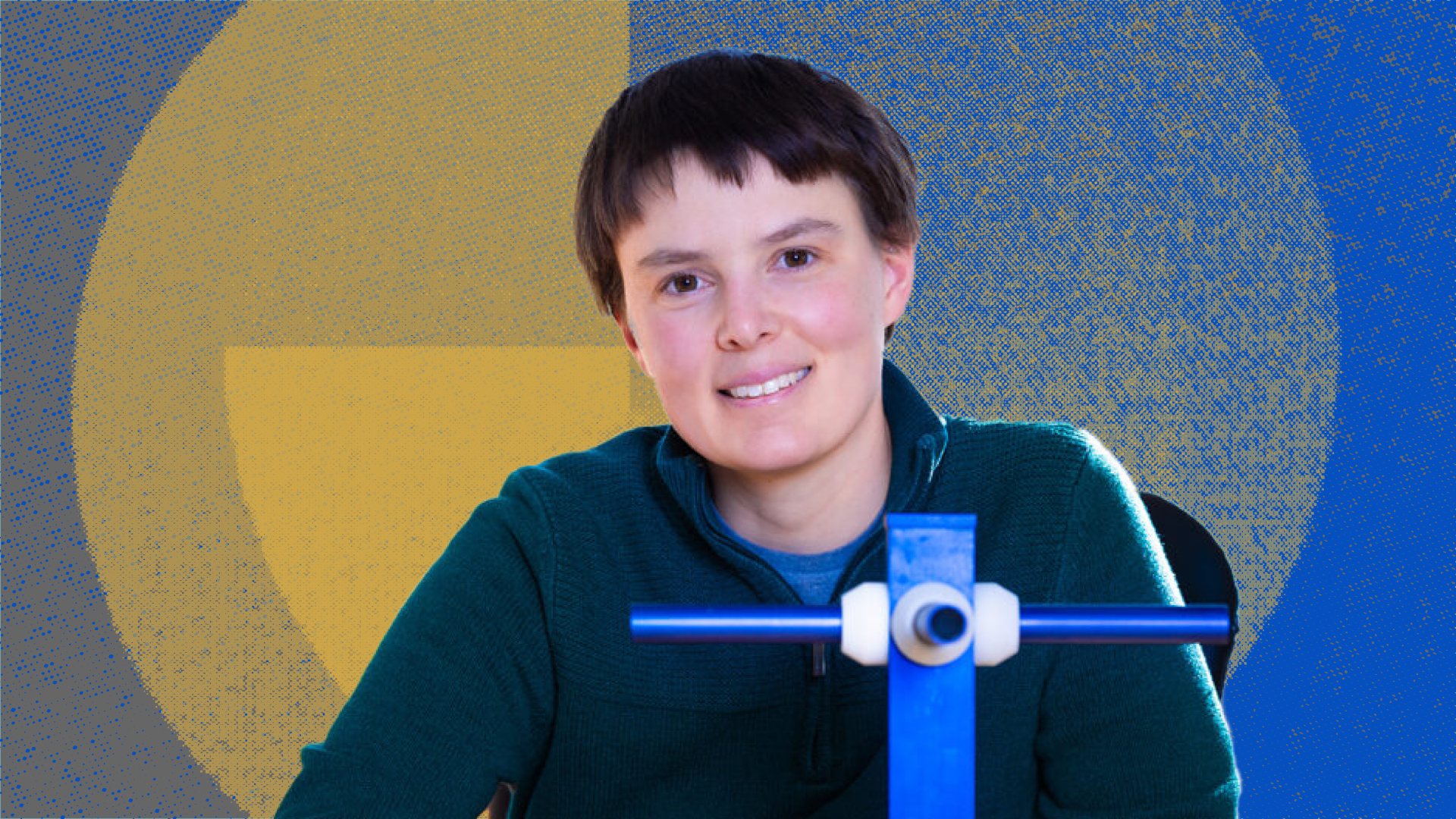
A research engineer at SRI’s Center for Geospace Studies says it’s essential to engage with researchers from other disciplines.
In 2017, Leslie Lamarche received her PhD in physics from the University of Alaska Fairbanks. This helped launch a career as a research engineer with the Center for Geospace Studies (CGS) at SRI International. Lamarche is now part of a team of physicists and electrical engineers leading the way in understanding the fundamental processes inherent in Earth’s atmosphere. In this interview, she discusses her path into space physics, the work she does at SRI, and why collaboration is essential to science.
What led you to get into space physics?
I worked on a system called SuperDARN (Super Dual Auroral Radar Network) during my time at Alaska Fairbanks. SuperDARN is an international collaboration of more than 35 high-frequency (HF) radars across the Northern and Southern Hemispheres. Investigating the upper atmosphere and local space environment gave me a taste of radar science. This work and encouragement from my graduate advisor led me to apply for a postdoc position with SRI in CGS, which has a long history of building and operating incoherent scatter radars for scientific purposes. I didn’t know much about SRI before I applied as I was entrenched in graduate school, but my graduate school advisor said this was an excellent opportunity. During the interview, I was lucky enough to meet many people in the CGS. It seemed like an exciting group to be involved in; a lot of knowledgeable people and innovative work was going on.
What kind of work do you do?
My work covers a variety of interesting projects, often in collaboration with other organizations, as well as grant work and other support for different missions. Much of my work revolves around radar data analysis, including studies using data from NSF’s Advanced Modular Incoherent Scatter Radars (AMISR), which CGS originally constructed and continues to manage. Because I have a physics background, I do a lot more science than engineering; the engineers build the radars, then I take the data and use them to analyze the geospace environment to answer questions or provide context for other things.
What are some exciting projects you’re a part of at SRI?
One of my key responsibilities at SRI is using radar-generated data to address science questions. I’m working on a project that looks at plasma structures in the ionosphere, funded by the National Science Foundation (NSF).
Much of my recent work involves integrating AMISR data with numerical simulations investigating various aspects of plasma physics. Plasma flow channels, density and temperature gradients, and other large-scale phenomena measured directly by AMISR can set up plasma instabilities. Because a lot of critical infrastructure (i.e., GPS navigation) relies on communicating through the ionosphere from ground stations to orbiting satellites, plasma disruptions in the atmosphere can be a significant problem. The complexity of these processes makes the work challenging, but it’s also very interesting to work on and satisfying to make progress on.
What was a difficult lesson or outcome you have learned on the job?
As a postdoc, I helped with a proposal for funding for NASA’s cube satellite mission. Although the proposal was not successful, it allowed me to become deeply involved in both the project’s technical aspects and the process of putting the proposal together. I learned a lot about optical instruments and how you design satellite missions. I had to understand the scientific considerations and the requirements behind the selected mission parameters and constraints. Unfortunately, the mission wasn’t funded, but I had the opportunity to learn and participate in a relatively large project early in my career, which was something I might not have been afforded outside SRI. What’s great about SRI is the ability to jump on board exciting projects and the support available to get involved, apply your expertise, and learn about new things in the process.
Do you find collaboration valuable for your work?
I like working collaboratively. I have great coworkers at SRI that I collaborate with within CGS, but I also collaborate with people at many other institutions and universities. This brings together a variety of folks from many disciplines. To understand the full problem, you must bring in other people across multiple disciplines.
The ability to connect across disciplines and knowledge bases and see things differently is essential in science. Being open to learning from coworkers and others helps your success, offers new perspectives, and is just fun!
Read more about Lamarche’s work: Modeling ionospheric scintillation to improve future satellite communication.




